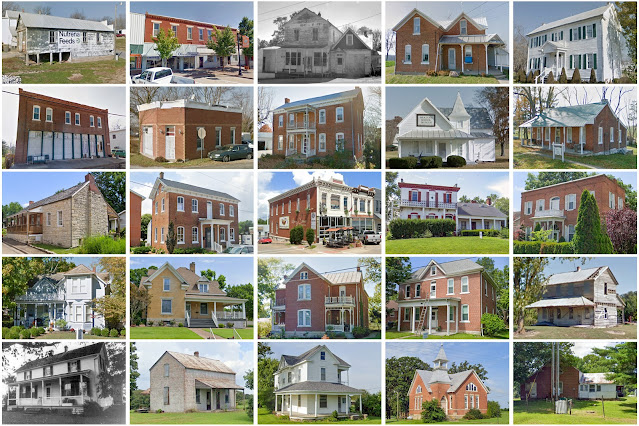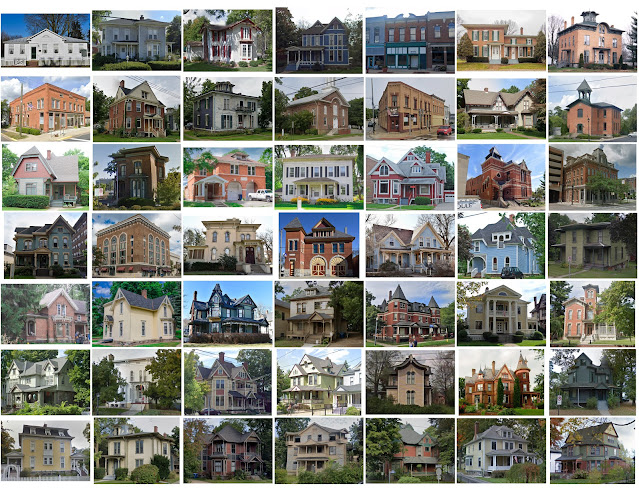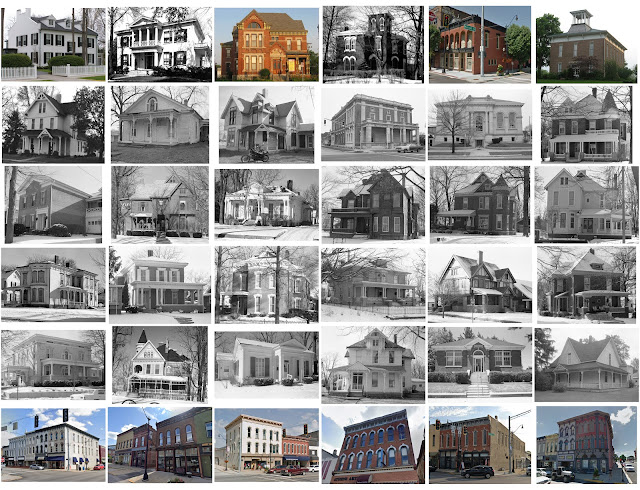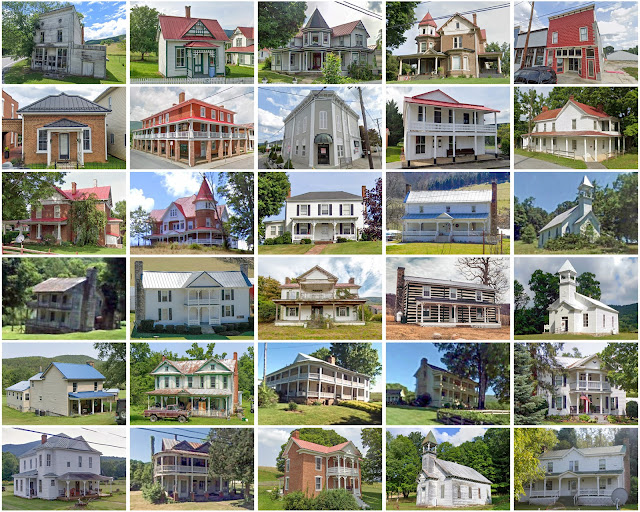McDonald County, Missouri
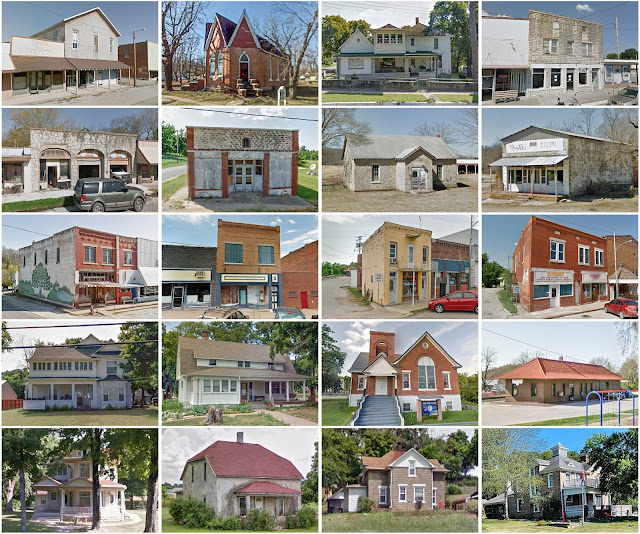
Founding: 1849 (declared in 1847) Parent county: Newton Namesake: Alexander McDonald, Continental Army soldier Seat: Pineville (1849–) Land area: 539 square miles Population (2020): 23,303 Population (historic): 2,236 (1850); 3,756 (1870); 11,283 (1890); 13,539 (1910); 13,936 (1930) Periods of population growth: pre-1850–1860; 1870–1900; 1930s; 1970–2000 Subdivisions: Six cities; two villages; 19 townships National Register listings: Four Pre-1940 residences (estimated): 694 (7%) Pre-1940 housing survival rate: 29.4% Pre-1860 housing survival rate (1940): 3.4% Farm housing in disrepair (1950): 16.9% Nonfarm housing in disrepair (1950): 10.3% Average farmhouse value (1930): $557 Average outbuilding value (1930): $368 Number of farms (1920): 2,143 Average farm size (1920): 53.5 acres Sources of settlement: Missouri, Arkansas, Tennessee, Illinois, Kansas, Kentucky, and Indiana ________________________________________________________________





